Remember when it was just Coca-Cola that wanted to be a ‘total beverage’ supplier? Now that goal seems to have spread across many of the world’s big brewers. The latest to add its name to the list is Carlsberg, whose CEO Cees ‘t Hart announced plans to ambitiously grow the brewer into non-alcoholic, soft and fermented drinks like kombucha this week (as reported in the FT).
It follows the likes of Molson Coors, which has been on a similar push over recent months, renaming itself Molson Coors Beverage Company and inking a slew of distribution deals with RTD and hard seltzer brands.
AB InBev, meanwhile, has been steadily expanding into spirits and other drinks with its ZX Ventures wing, which it uses to incubate smaller brands, technologies and even retailers, to include the likes of Atom Brands, Master of Malt and Beer Hawk.
It’s plain to see why brewers are looking elsewhere for inspiration. The world is changing. Coronavirus has been great for retail sales but has left brewers that were heavily exposed to hospitality reeling from the loss of trade. The biggest booze launches of the decade have been in spirits, RTDs, and craft beer rather than their lager heartlands. Diversification is a sensible reaction.
The worry, though, is that companies like Carlsberg and Molson Coors, despite their size, will be small fish in a big pond if they foray too far into soft drinks. The further they stray outside their heartlands, the more competition they will meet from the likes of Coca-Cola, Pepsi and Britvic. They will need to develop a particularly sharp edge if they are to cut into any of their market share.
They will need ambition that goes beyond kombucha and seltzer – areas that are growing, but overwhelmingly niche. Hard seltzers are flooding the market, sure, but they are fundamentally untested.
Turning a brewing giant into a total beverage company may also require a more significant investment in R&D. Distribution deals with small brands, as in Molson Coors’ case, is a low-risk way of testing the market. But it does not exactly scream confidence.
That being said, growing low & no is a no-brainer. The category is surging and legitimately competes with soft drinks when it comes to tempting adult shoppers cutting down on booze, who, before the current influx of non-alcoholic beers hit the market, may have simply just gone for a Diet Coke.
Being well versed in the technological expertise it requires to make decent low and non-alcoholic beers, this is a battleground the likes of Carlsberg can plausibly fight on.
It will have to tread carefully. Most notably, it will have to avoid replicating its mistakes in the world of mainstream lager. Growing low & no will mean more than just piping out 0.5% versions of its core brands.
After all, too much duplication in the mainstream lager world was one of the key reasons Carlsberg’s UK sales suffered so much over recent years. Lest we forget the craft revolution, which was born out of fatigue and boredom at the UK’s lazy, monopolistic lager brands.
Still, it’s encouraging to see Carlsberg embracing the future in a sensible, progressive way that doesn’t detract too much from its core business. Its recent upheaval of its core lagers over recent years shows it is willing to invest in doing things for the long term.
Will the brewer be able to pull off this next stage of its re-imagining with credibility? For now, let’s go with ‘probably’.


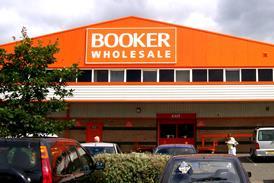

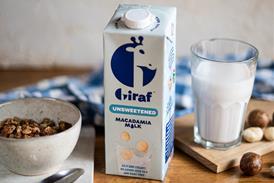



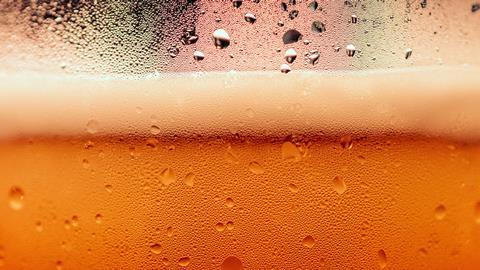

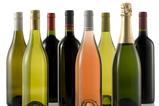
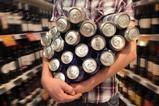
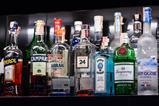
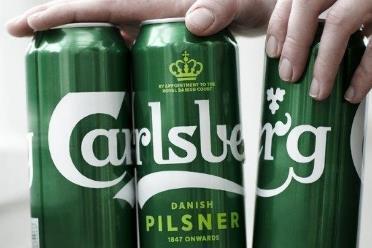

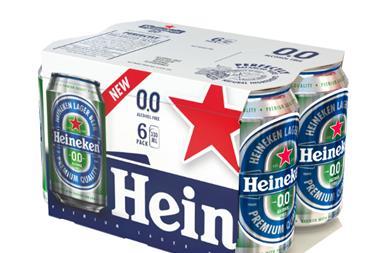
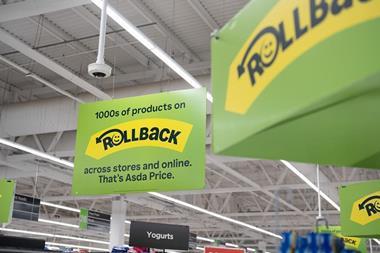
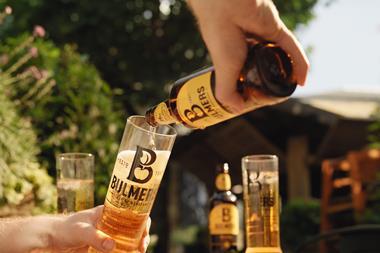
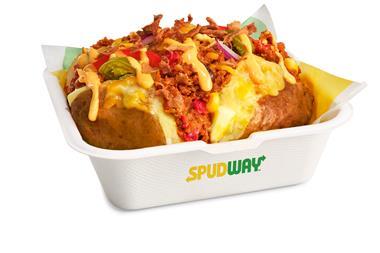

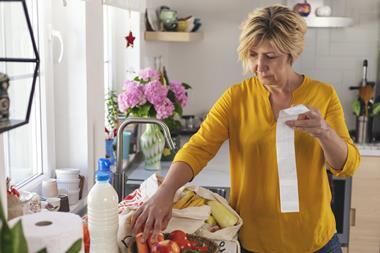

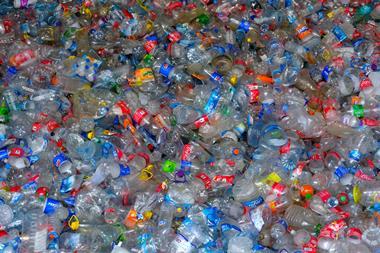


No comments yet